Let’s start with the question of what a link text is. The link text – also called anchor text – is the underlined or differently highlighted text that you can click with the mouse to go to another page.
Link text relevant for search engines
Link texts are important for search engines, but also for technological tools such as screen readers. Let’s take as an example a page that deals with “accessible websites”. If there are now many links that have the link text “Accessible Websites” and lead to this page, search engines see this as a sign that the target page is about accessible websites. Thus, the page is considered relevant for the search query and appears further forward in the result lists.
Link texts must be context-independent
However, meaningful link texts are also crucial for screen readers and screen reader users. With the screen reader “Jaws” it is possible to call up all links of the currently visited page. This allows the user to select the links of interest from a wealth of information. The list of links appears without context, which means that the link must be context-independent.
Texts such as “more” or “click here” can often be found. Without context, it is not obvious where these links lead to. If several identical link texts with different link targets appear on the same page, the screen reader user must randomly select one of the links.
Guiding visitors with internal links
Meaningful link texts are important for both external and internal links. With internal links, you lead the visitors to other sites that might be relevant for them. The nice thing about it: Internal links are an SEO tool that is often underestimated. With internal links, you push less well-visited pages with the help of stronger pages. The most visited page of a website is usually the start page. With internal links on the start page, you guide the visitor to the subpages.
Examples of good link texts
1. In my blog post “How to write good alternative texts” I give you tips for meaningful alternative texts.
2. You can download the screenreader Jaws as a free demo version.
Success criteria 2.4.4 and 2.4.9 of WCAG 2.0
The fact that the purpose of a link must be understandable through the link text alone is also part of the Web Content Accessibility Guidelines WCAG 2.0.
Success criterion 2.4.4 Link Purpose (in context):
The purpose of each link can be determined by the link text alone or by the link text together with its link context determined by software.
This criterion corresponds to WCAG level A.
Success criterion 2.4.9 Link Purpose (Link Only):
There is a mechanism to recognize the purpose of each link through the link text alone.
This criterion corresponds to WCAG level AAA.

